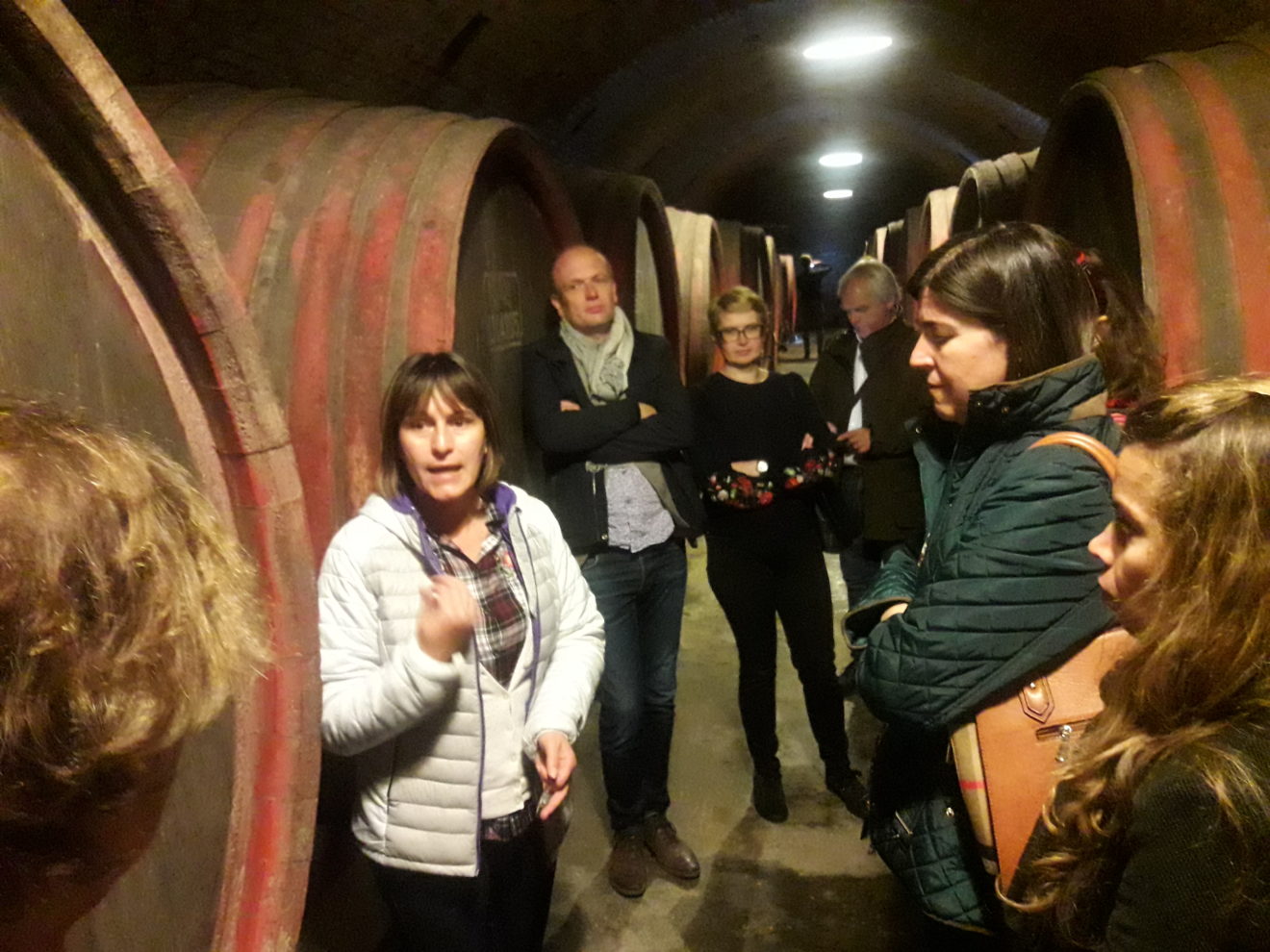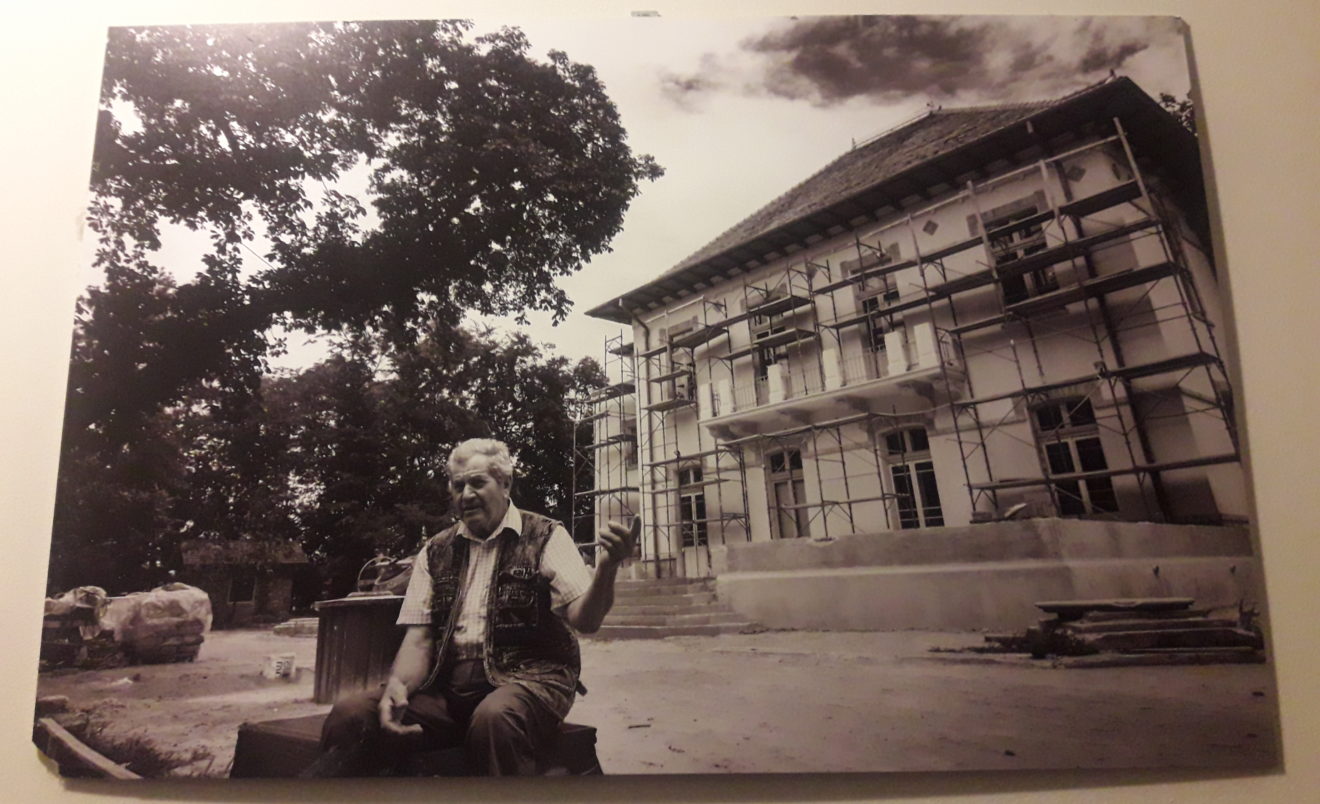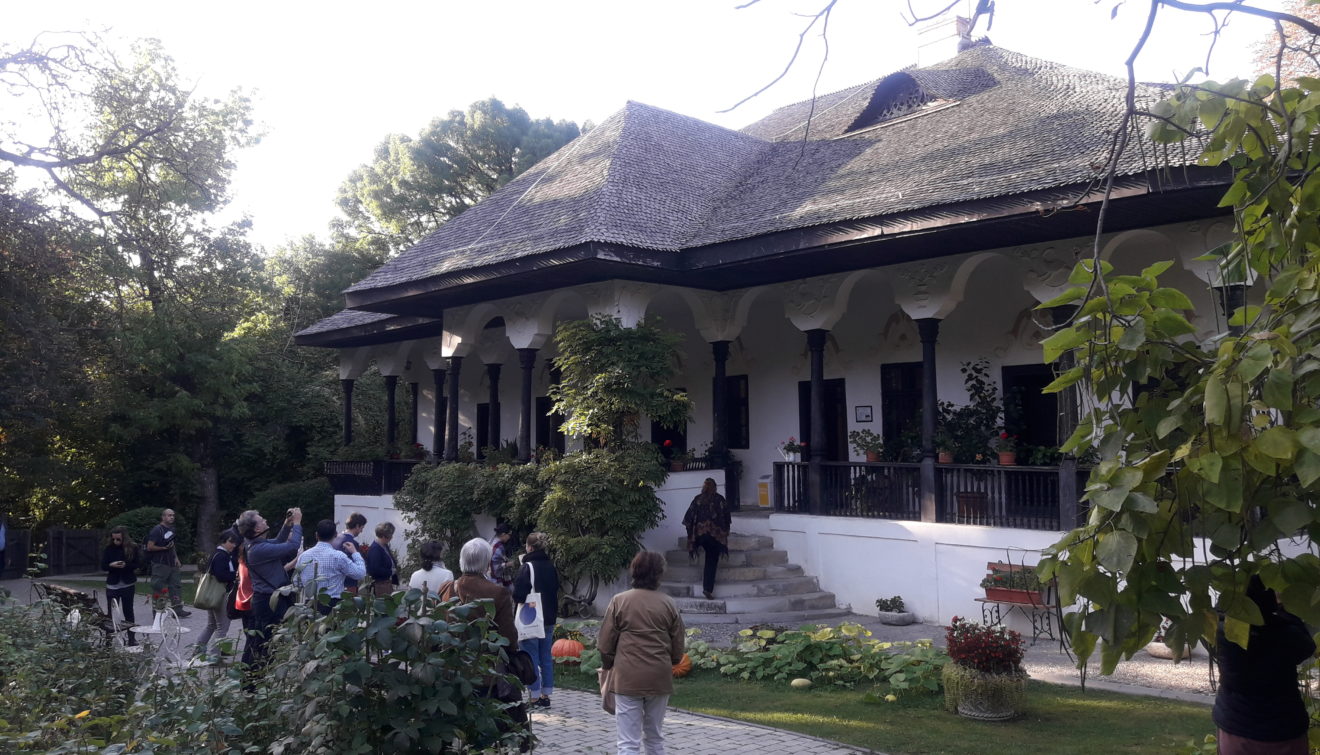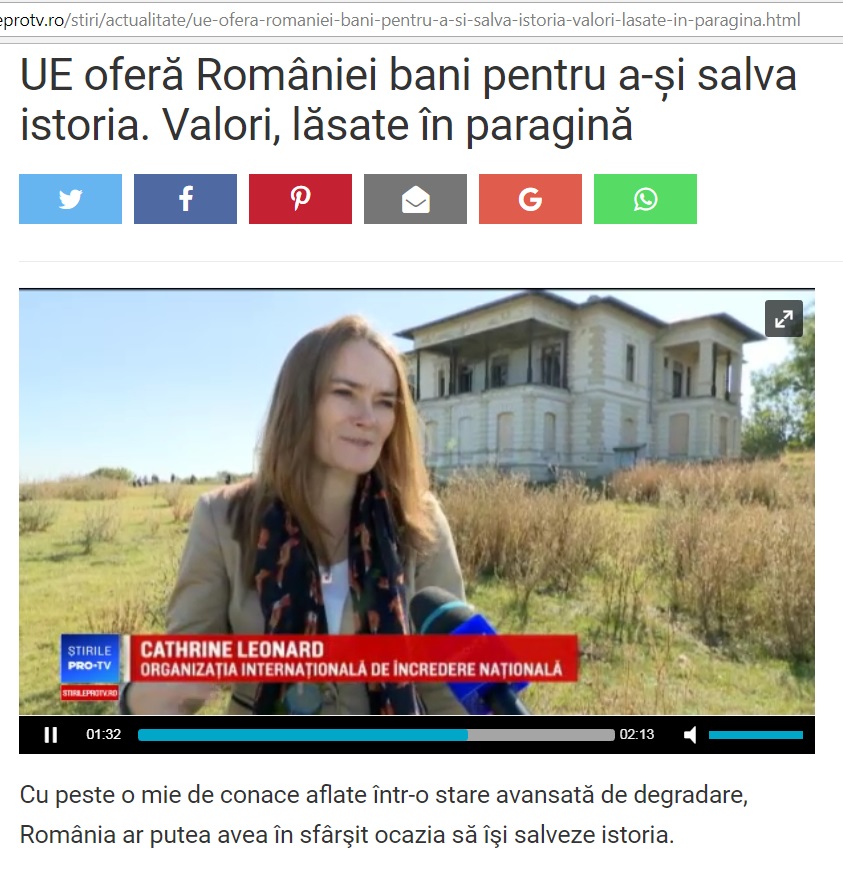-
When in Romania … (Weekly blog, 7 October 2018)
Posted on October 7, 2018A blog by Catherine Leonard, Secretary-General
This week, I have been in Romania with our Innocastle partners. This was the first of several study visits that are a core part of the project learning. It was hosted by the INP or National Institute of Heritage.
Study visit to Romania
The study visits aim to generate an exchange of experience and good practice between the hosts, partners and stakeholders. This week was therefore an opportunity to review different policies and practices related to heritage conservation and exploitation in Romania. Thus there were many opportunities to learn and share ideas about the management of historic castles, manors and estates (HCME).
The group consisted of heritage and tourism experts from Belgium, the Netherlands, Romania, Spain and the UK. In addition INTO Adviser, June Taboroff, Emma Thompson, General Manager at Powis Castle and I made up the INTO/NT team.

The Innocastle team at the Marghiloman Manor in Hagiești, Romania
Kick-off Conference
The three days began with a steering group meeting, press conference and public debate. We all duly assembled at Hanu’lui Manuc, the beautiful and impressive last surviving caravanserai in Bucharest. (A fitting backdrop for a day of inter-regional exchange!) It was great to hear more about the inspiration for the project, including a book by Dutch writer Jaap Scholten. ‘Comrade Baron’ journeys through the vanishing world of the Transylvanian aristocracy and is definitely now on my reading list! (I was reminded of the Transylvanian Trilogy that had inspired the filmmaker I met a few years ago. I am trying to find out what had become of the project but so far without success.)
The POR old ROP …
Interreg Europe projects focus on policy change. The instrument our Romanian colleagues are seeking to influence through Innocastle is their Regional Operational Programme (ROP or POR in Romanian). Particularly the investment priority: ‘Preservation, protection, promotion and development of the cultural heritage and identity’.

In the cellars at the Hagianoff Manor in Manasia (the barrels are sadly all empty!)
Quality of conservation
One of the challenges is to ensure high quality restoration and several sessions and visits focussed on this. We visited Hagiesti Manor where recent interventions have scarred the 19th century building, which is now only part-finished and without a defined use. The Manasia Estate showed how private finance can restore a property for use as a conference and wedding venue. Moreover that the oral testimony (of a chap called Lionel) can make a big difference when you have lost all the records.
La belle Bellu
Bellu Manor perhaps presented the site with the most untapped potential. Some relaxation in laws surrounding commercial exploitation (currently not encouraged) and a partnership with the state owner of the surrounding park could be transformative. At Casa cu Blazoane we saw the results of very high quality, faithful restoration and on-site training. This contrasted sharply with Brâncoveanu Palace where poor advice has resulted in a rather odd reinterpretation of the site.

Lionel at the Hagianoff Manor in Manasia
There are many reasons for this divergence, including a lack of strategic planning in the selection of projects. Indeed the grant selection process tends to favour the ‘choice of the lowest price’. There appears to be too little time available for proper research and a lack of qualified staff and contractors.

Brâncoveanu Palace in Potlogi, Romania
Future plans …
There are however also many reasons to be cheerful. I am preparing a separate note on detailed content but here are some initial observations. Firstly, the team at the INP are very open about the challenges faced and potential solutions. Likewise, one can’t help but admire their enthusiasm, passion and tenacity. Secondly, we met Eugen Vaida who spoke so eloquently about reviving heritage crafts. Monumentum’s hands-on training and summer school were an inspiration to the whole team. As was the work of the Transylvania Trust at Bánffy Castle, Bonțida, and the Mihai Eminescu Trust’s Whole Village Project model. Lastly, we saw in Romania the beginnings of some great partnerships, cooperation and connection between the difference players (government, civil society, private) and sectors. Several members of Irina Iamandescu’s young team also work for heritage ngos.

Bellu Manor in Urlați, Romania
Romanian takeaways
We are all taking home ideas and learning from the study trip to Romania. From reminders of the importance of collaboration, communication and working at scale – to engagement, summer schools and craftsmanship. Participants shared views, knowledge and practices from their respective countries. And these will inform the developing policy action plans. Our collective advice to Romania will be captured in the learning report but my personal thoughts (which are applicable to all of us!) are along the following lines:
- Keep heritage relevant and demonstrate its importance (economically, socially, environmentally and politically)
- Know what we want to restore and why
- Get the right balance between quality of restoration and sustainable use
- Work in partnership whenever possible – built and natural; state, private and ngo
- Landscape scale projects are really important but small initiatives can also be worthwhile – and scalable
- Grow community engagement and don’t be afraid of democratising heritage
You can watch a short news report (in Romanian!) on the study visit here.
 Last words
Last wordsFinally, as ever, I was struck by the incredible enthusiasm and dedication of all those we met in Romania. Some of whom are working amid very difficult circumstances and yet remain optimistic and passionate. It was an honour and a privilege to spend these three days together. I salute their openness, friendship and generosity of spirit. And I remain deeply grateful to Interreg Europe and all those involved in the Innocastle project for this wonderful opportunity.
More to follow!


What is Innocastle? It’s about innovating policy instruments for preservation, transformation and exploitation of heritage castles, manors and estates. European historic castles, manors and estates have the potential to become local catalysts for regional development and innovation. Innocastle prepares them for the future by stimulating resilient policies for conservation, transformation and exploitation. The consortium of partners is composed of: National Institute of Heritage in Romania (lead partner), University College Ghent in Belgium, Province of Gelderland in the Netherlands, Regional Government of Extremadura in Spain and the National Trust in the United Kingdom of Great Britain and Northern Ireland (knowledge partner, through INTO). The project is financed by Interreg Europe, with a total budget of €1,120,335.00 (85% ERDF, 15% co-financing).

 44 (0)20 7824 7157
44 (0)20 7824 7157